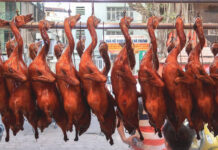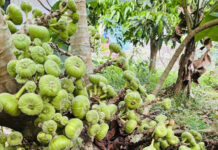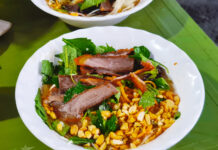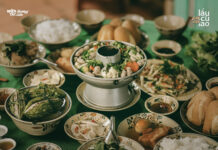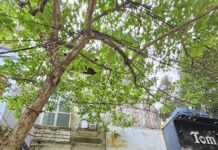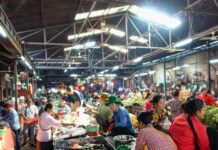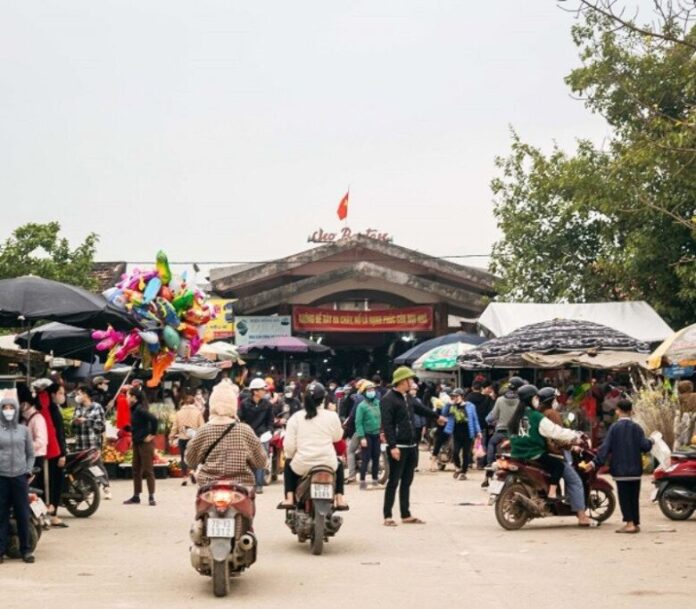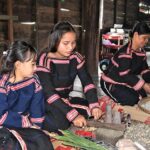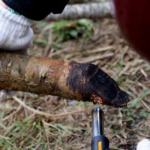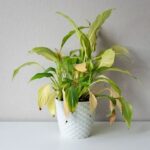Ba Don Market: A Historical Trading Hub in Quang Binh
As one of the oldest markets in Quang Binh, Ba Don Market is steeped in history and closely tied to the region’s formation. It dates back to the Le Dynasty when Lord Trinh established three military camps in the area for control and protection. These camps, known as Trung Thuan, Phan Long, and Xuan Kieu, gave rise to the market’s name, Ba Don, which translates to “three camps.”
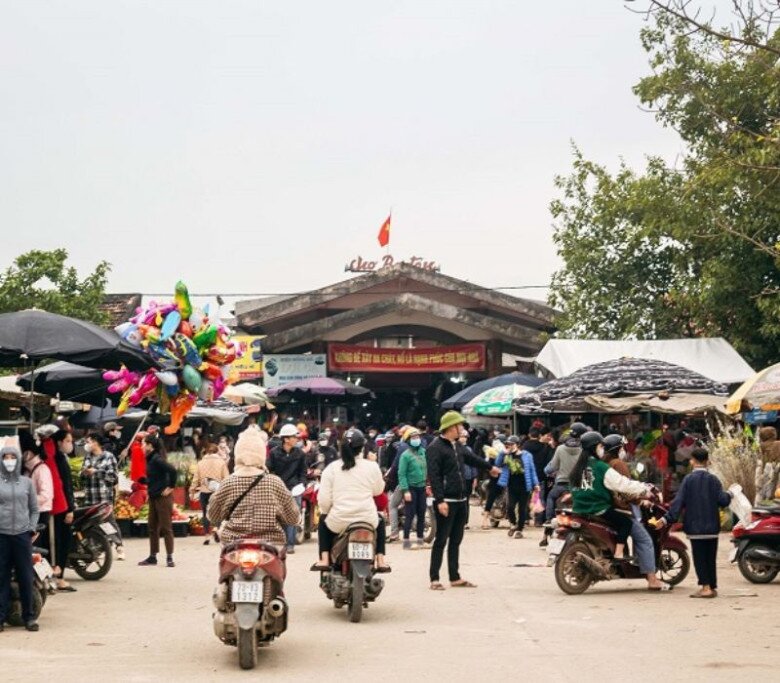
Initially, the market was a simple gathering place under the large, ancient trees of Phan Long village, located by the peaceful Gianh River. Every ten days, a bustling market day would occur, attracting traders from surrounding villages. Local produce, crafts, and agricultural goods were exchanged, creating a vibrant hub of commerce and cultural exchange.
During the French colonial period, Ba Don Market underwent a significant transformation, expanding in scale with five large consecutive halls, distinctive Hong Ky tiled roofs, and a cement floor. Despite the passage of time, wars, and modern developments, the market has retained its unique character. It remains a symbol of local culture, connecting the community and preserving traditions.
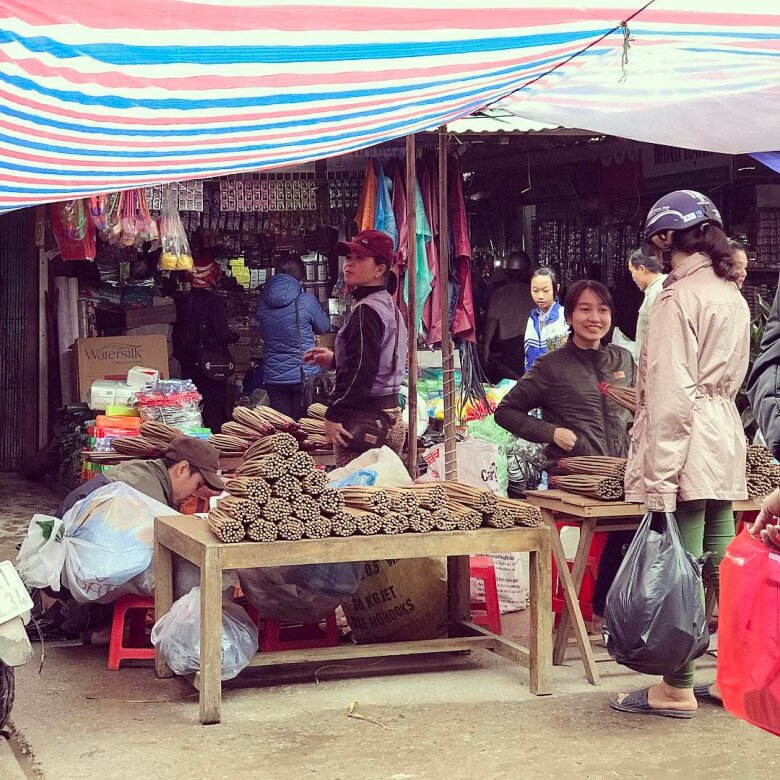
With a history spanning over 300 years, Ba Don Market is more than just a trading post. It is a living testament to the history of Quang Binh, showcasing the region’s commitment to preserving and promoting its rich cultural heritage across generations.
The Unique Features of Ba Don Market
One of the market’s distinctive qualities is the diverse range of goods sourced from various regions. Here, you’ll find an array of products, from mountain-grown agricultural produce to fresh seafood straight from the sea.
Additionally, the market is renowned for its traditional handicrafts, such as the Tho Ngoa conical hats, Tho Don woven products, and Loc Dien rice crackers. These items are not only practical but also carry cultural significance, showcasing the skill and craftsmanship of the local people.

Ba Don Market retains its rustic charm, with simple stalls showcasing a colorful array of fresh produce. You’ll find baskets of vibrant vegetables, bright red slabs of beef, and glistening fish and shrimp freshly caught from the Gianh River. The seafood selection is impressive, with some fish, squid, and shrimp weighing up to several dozen pounds, ensuring freshness and quality.
Beyond commerce, the market serves as a social hub, bringing people together. It’s a place not only for trading but also for exchanging knowledge, buying and selling livestock, and sharing techniques for caring for animals. As such, each market day holds economic and social significance, fostering a sense of community and camaraderie.
The market’s food section is a culinary delight, offering a variety of Quang Binh specialties such as bánh lọc, bánh nậm, bánh cuốn, porridge, and hearty noodle soups. These food stalls are always bustling, attracting locals and visitors alike with their authentic, rustic charm.
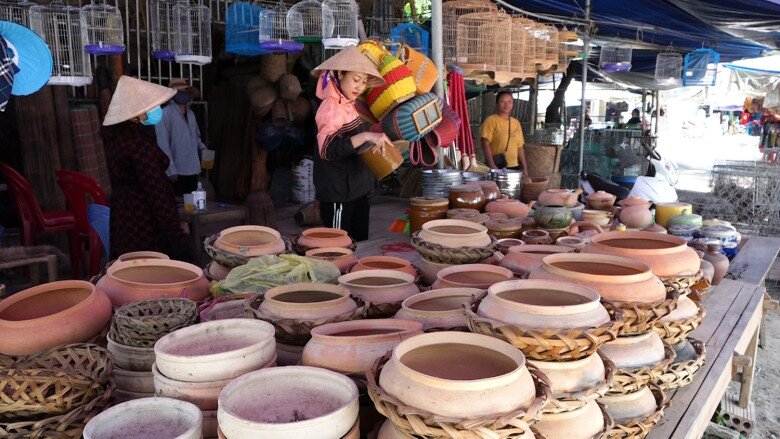
Ba Don Market is more than just a place of trade; it is a vibrant cultural space where the past meets the present and tradition blends with development. Each visit offers a unique shopping experience and a deeper understanding of the local way of life and heritage.
Exploring Ba Don Market
Visiting Ba Don Market is an immersive cultural experience, especially for those interested in local traditions. The market days fall on the 1st, 11th, 21st, and 6th, 16th, and 26th of every lunar month, providing a lively atmosphere and a glimpse into traditional market life. A popular saying captures the essence of the market’s vibrancy: “Ba Don, six times a month/ A bustling marketplace, a gathering point for near and far.”
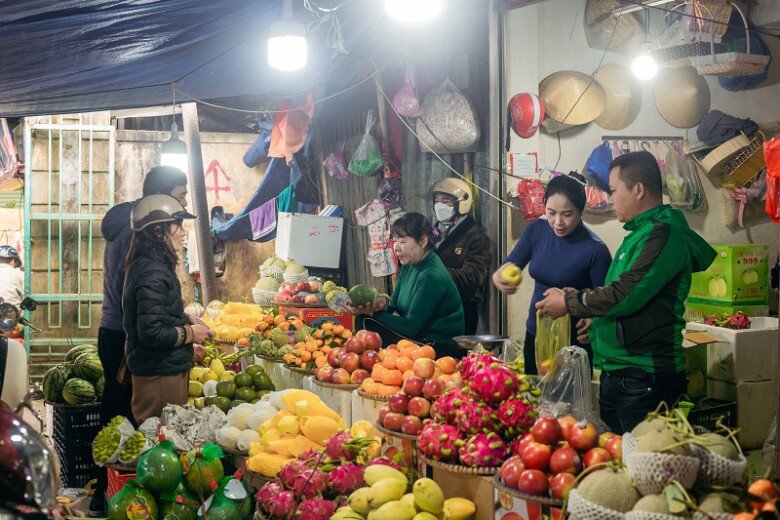
Each market day presents a vibrant tableau of goods, from produce sourced from the mountains and the sea to intricate handicrafts. The agricultural stalls, with their “homegrown” offerings, exude a rustic charm, inviting visitors to explore the region’s rural lifestyle.
During the Lunar New Year, the market takes on a festive atmosphere, bustling with shoppers seeking the freshest and finest goods for the most important celebration of the year. Brightly colored flowers, festive treats, and bustling crowds fill the market with the spirit of the season, creating a warm and joyous ambiance.
For a more authentic experience, it’s recommended to arrive at the market early, when the air is fresh and the produce is at its best. Chatting with the vendors as you browse adds a personal touch and provides insights into local customs. Don’t forget to indulge in the market’s specialty dishes, such as bánh lọc and bánh nậm, flavors unique to Quang Binh.
Ba Don Market is more than a shopping destination; it embodies the historical and cultural essence of Quang Binh. With its lively market days, delectable local cuisine, and abundant regional produce, a visit to Ba Don promises a memorable journey through time and tradition in this captivating region.
The Ultimate Guide to Vietnam’s Unique Cultural Enclave: Exploring the Non-Lunar New Year Celebrating Region of Tay Nguyen
For the Jrai people, Tet is not celebrated at the beginning of the year, nor does it have a fixed Eve. Each village and household chooses their own day to host their celebrations. Nonetheless, this is always a time for the community to come together, relax, and enjoy each other’s company. They drink ruou can (a traditional Vietnamese rice wine), share festive feasts, and wish for a year filled with abundance and peace.
The Ultimate Guide to Year-End House Cleaning: Uncover the Secrets of “3 Don’t Keep, 4 Don’t Touch, 5 Must-Sweep” for a Prosperous New Year
The end-of-year cleaning is more than just a routine; it is a symbolic ritual of sweeping away the bad luck and inviting in good fortune. So, when you’re tidying up your home to welcome the new year, remember the rule of “3 don’t keeps, 4 don’t moves, and 5 must sweeps” to ensure prosperity and luck for the coming year.
















